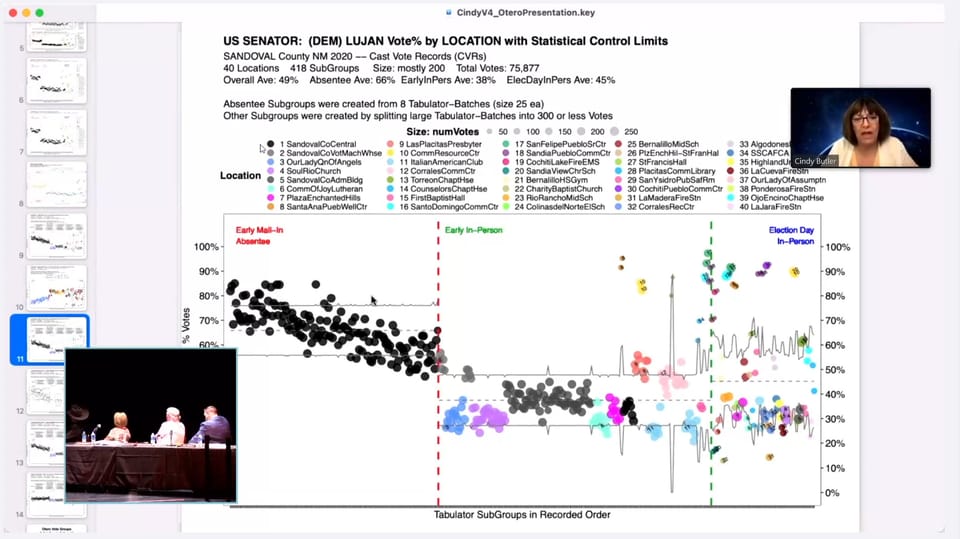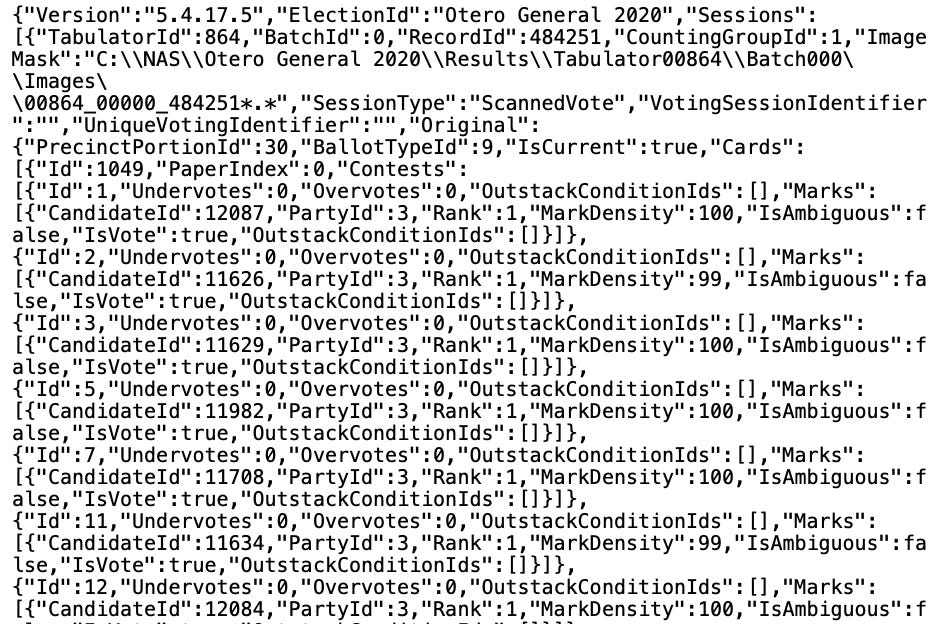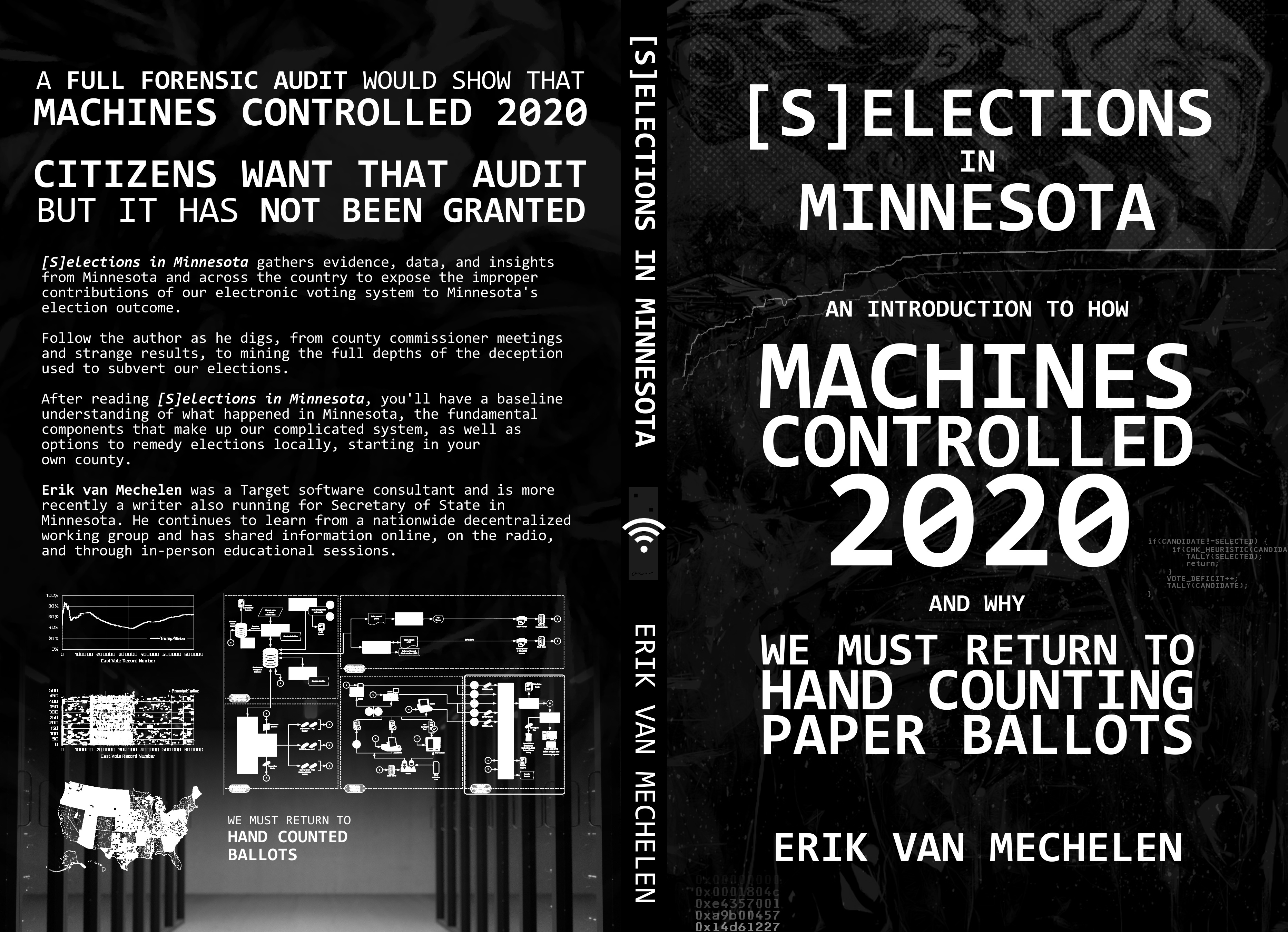The 2020 Ballots Remain

Minnesota 2020 general election ballots are not yet destroyed and digital records likely remain.
The following events relate to physical ballot and digital election record retention in Minnesota:
- On August 30 in Rice County, a judge put a hold on the destruction of the 2020 records.
- An Emergency Injunction Hearing against Secretary of State Steve Simon was held on Wednesday, September 7, 2022 regarding record retention. Still awaiting decision.
- On Aug 30, 2022 Jeffrey O’Donnell shared: “Mike Lindell has asked for the name, address, and email of every clerk who has rejected a CVR so that legal action can be taken to prevent destruction of records. I have been waiting for something like this, and better late than never.”
Did letters from Lindell’s team stay the shredding orders? Perhaps the Emergency Injunction Hearing?
In addition to retaining the physical ballots, most counties have likely have retained the digital records (from which cast vote records can be shared) given the barrage of public data requests that have so far been declined as touched on here, here, and here. Attorneys have raised questions about the legality of sharing the records but none have been able to identify the statute that prevents their dissemination—since this is public data, and even according to opponents of the cast vote records’ utility, they contain no private voter data—these reports should be immediately released by every county that wants to demonstrate they did not incur ballot stuffing nor digital manipulation in the 2020 election.
Despite hesitancy from county attorneys, there is rising awareness amongst county commissioners and election staff thanks to documentaries like 2000 Mules, Selection Code, and Standing in the Gap.
A Vote Tally Audit
The physical ballots and the cast vote records are two elements which would allow an audit of the vote tallies, although do not represent a full forensic audit (which would dig into the complete process and electronic voting system). Even auditing 100% of the vote tallies would be a significant improvement to the less than 1% of ovals audited during the statutorily required postelection review, which leaves many races completely unaudited. If the physical ballots and digital records remain, perhaps Minnesota’s next secretary of state will grant an audit to any county commissioner group desiring a micro-audit for the 2020 election—note that the cast vote records are only 1 of 24 items listed in the Vote Tally Audit work package provided by Patrick Colbeck in The 2020 Coup: What Happened and What We Can Do, which includes items like electronic equipment log (model number, serial number, installed software, hash data for configuration, Mac address, IP address, connected equipment), precinct tabulator configuration data memory cards, adjudication workstation event logs, election management server event logs, and election equipment chain of custody logs.
Or perhaps a Minnesota county will have courage enough to conduct an audit themselves regardless of a blessing from the secretary of state.
With the appropriate hesitation in destroying potential evidence relevant to ongoing litigation, there’s a further window to engage with county commissioners, town board supervisors, auditors, clerks, and election staff regarding a path to election transparency and likely eventual removal of the designed-for-fraud electronic systems.
One mile marker on that path is the absence of cast vote records in Minnesota (that have been made public) and so far responses lacking solidity as to why not. Even while machine vendors are incentivized to throw election staff off the scent of how to produce these reports and share them with the public, staff across the country have provided more than 500 of just over 3,000 counties now available in a national repository. With assistance from the people and in the spirit of election transparency, those clerks have done their diligence to preserve those records, now saved for all time.
Another mile marker was the passing of two separate hand tally resolutions for the August 9, 2022 primary (neither carried out), which can be tried again for the 2020 election by any township and county through a board meeting resolution.

Learn more about election fraud in Minnesota and grassroots efforts across the state to discover the truth and lay the groundwork for transparent future elections:
[S]elections in Minnesota (digital) | Amazon (paper) | B&N (paper) | Soundcloud (audio)

Member discussion